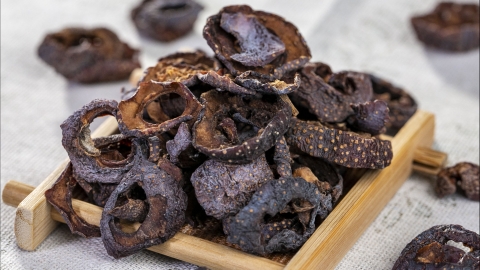Is it good for patients with cholecystitis to eat hawthorn?
In general, whether patients with cholecystitis should eat hawthorn depends on the stage of their condition. Patients in the remission phase may consume a small amount of hawthorn, but those experiencing an acute episode should avoid it to prevent worsening symptoms. Detailed analysis is as follows:

If cholecystitis is in the remission phase and the patient has no discomfort such as abdominal pain or bloating, and digestion is normal, eating a small amount of hawthorn can be beneficial. Hawthorn contains organic acids that promote gastric juice secretion and aid digestion, making it especially suitable for patients in remission who suffer from poor appetite or indigestion. However, intake should be limited—just a few pieces at a time—to avoid excessive stimulation of the gastrointestinal tract.
During an acute attack of cholecystitis, when patients experience symptoms such as right upper abdominal pain, nausea, and vomiting, hawthorn consumption is not recommended. At this stage, the gallbladder is inflamed and gastrointestinal function is disrupted. The organic acids in hawthorn can strongly stimulate gastric acid secretion, potentially worsening stomach discomfort. They may also indirectly trigger gallbladder contraction, intensifying the inflammatory response and hindering recovery.
In daily care, patients with cholecystitis should maintain a light and regular diet, avoiding overeating. During remission, easily digestible foods such as vegetables, porridge, and lean meat are recommended, while greasy and spicy foods should be avoided.







